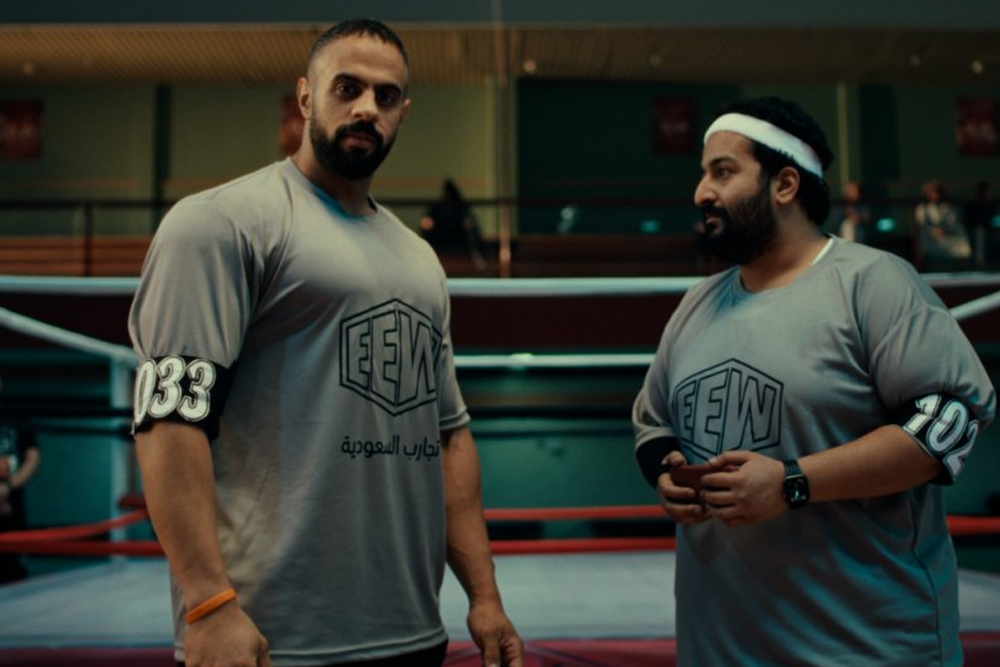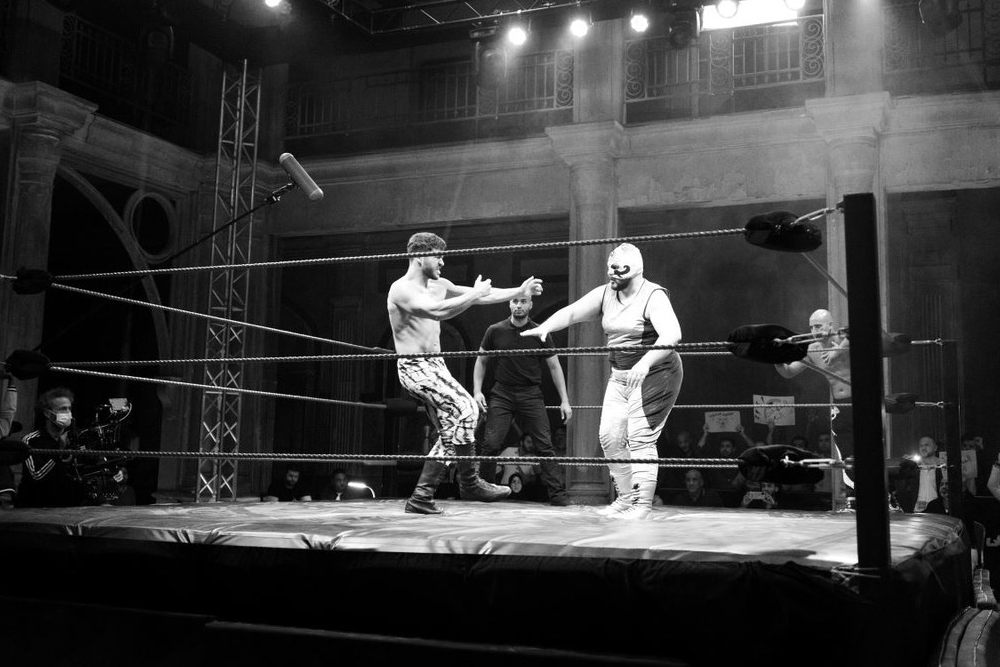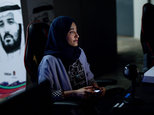
Emirati director Mohammed Saeed Harib is not just an animator, artist, and filmmaker. He is the face of Dubai, the creative mind behind the characters that define the city's identity. From the beloved animated series "Freej" to the mascots Modesh and Dana, Harib has left an indelible mark on his homeland. But now, his focus has shifted. He understands the importance of the messages conveyed through his work.

Harib's latest film, "King of the Ring," tells the story of an aspiring Saudi wrestler. At first glance, it may seem like an unconventional choice for an artist with Harib's intentions. However, beneath the surface, it holds a deeper meaning. The film is not merely a slapstick comedy; it is a heartfelt narrative. Harib was thrilled to embark on this project, aiming to create an action-comedy infused with soul.

mmersing himself in the world of wrestling, Harib's dedication was unmatched. A wrestling ring was built in a hotel boardroom for rigorous practice sessions. The film starts with amateurish wrestling scenes, gradually evolving as the characters grow and the story unfolds. Harib and his team learned and developed alongside their characters, creating a genuine connection.
The film resonates deeply with Harib, highlighting the struggles of individuals facing societal limitations. It sheds light on the battle to find one's voice when society dictates conformity. Harib hopes that families watching the film will draw inspiration from the protagonist's journey to embrace their uniqueness and succeed.

Interestingly, "King of the Ring" is not the only film in the Gulf region addressing professional wrestling. "Sattar" from Telfaz11 achieved remarkable success in Saudi Arabia but differed substantially in tone and target audience from Harib's film. This diversity reflects the uniqueness of each country's cultural nuances, necessitating further work to bridge the gap and create films that resonate with both Emiratis and Saudis.

As Harib continues to evolve with the ever-changing landscape, he acknowledges the differences that exist within the region. He recognizes the need for understanding and appreciation among the Gulf nations. With his ongoing work on a new season of "Freej" and an animated feature, Harib explores the shifting cultural landscape and its impact on Emiratis. He aspires to create a film that truly represents his vision, one that will reflect the changing face of the Gulf.
In the years to come, Harib envisions a transformed Gulf, where the people and their traditions adapt to the times. He hopes for a future where Emiratis and Saudis can appreciate each other's films while acknowledging their unique cultural identities. Navigating these differences requires effort and time, but Harib remains committed to bridging the gap and fostering understanding.

















